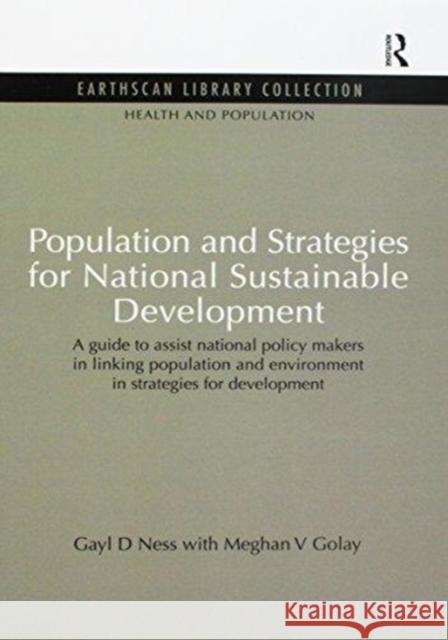Population and Strategies for National Sustainable Development: Population and Strategies for National Sustainable Development » książka
topmenu
Population and Strategies for National Sustainable Development: Population and Strategies for National Sustainable Development
ISBN-13: 9781138979086 / Angielski / Miękka / 2016 / 147 str.
Population and Strategies for National Sustainable Development: Population and Strategies for National Sustainable Development
ISBN-13: 9781138979086 / Angielski / Miękka / 2016 / 147 str.
cena 146,29
(netto: 139,32 VAT: 5%)
Najniższa cena z 30 dni: 140,99
(netto: 139,32 VAT: 5%)
Najniższa cena z 30 dni: 140,99
Termin realizacji zamówienia:
ok. 22 dni roboczych.
ok. 22 dni roboczych.
Darmowa dostawa!
First Published in 2009. Routledge is an imprint of Taylor & Francis, an informa company.











